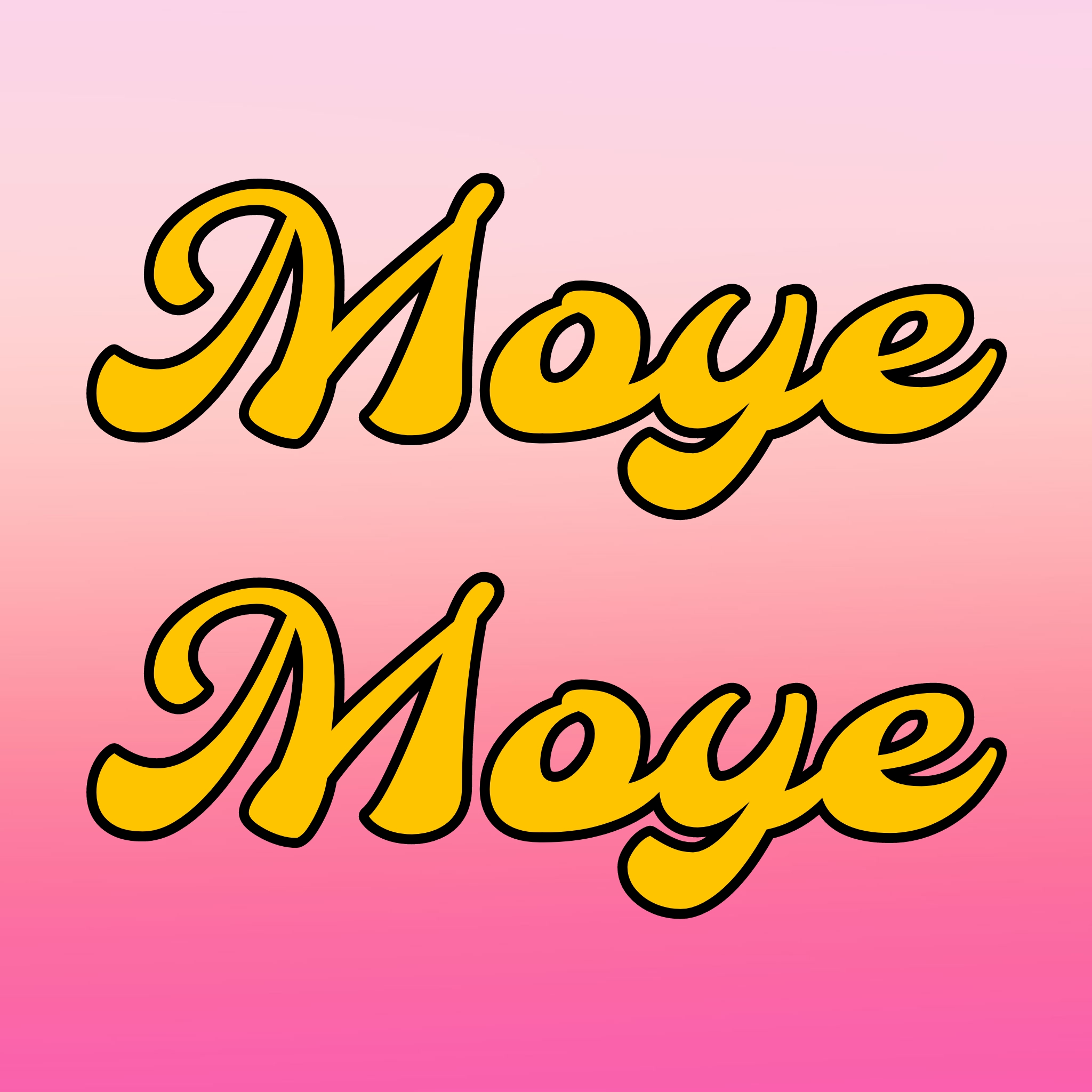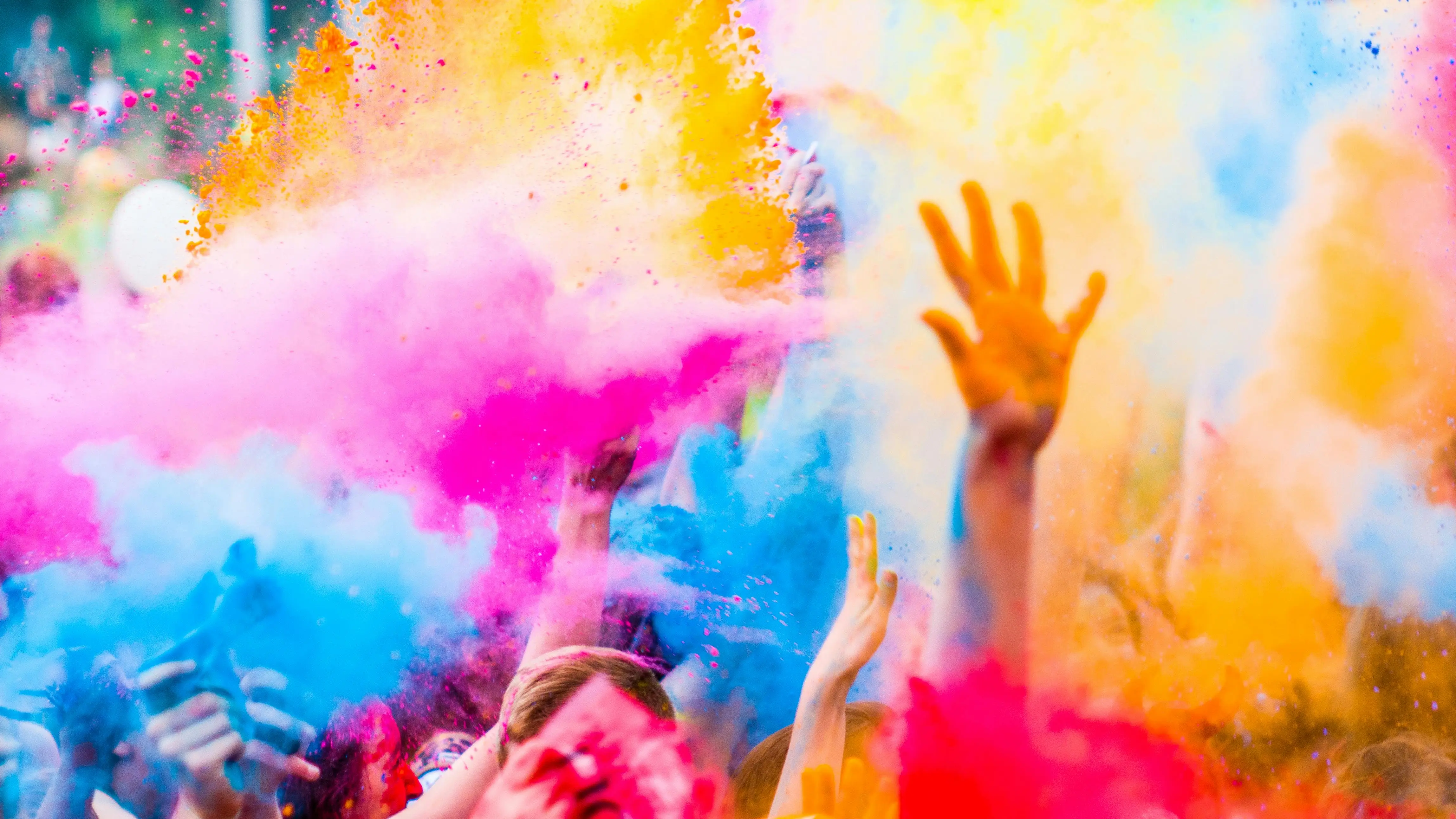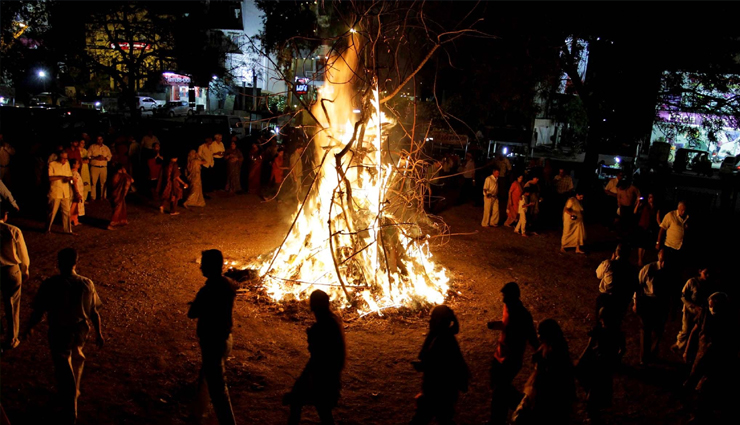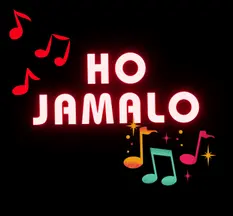

Holi - The story behind celebration of triumph of good over evil and ever lasting love
When the festival of Holi comes, it comes with the children celebrating it with huge joy and all those pichkari aka water pistols and those small water bombs being thrown here and there. With minds made up in the household that there will be huge celebration all around and lots of colorful clothes to wash at the end. So what is this festival of colors all about? Let's find out!
Holi is one of the most vibrant, colorful festival celebrated not just in Bharat i.e India but all over the world. Coming after the period of lazy winters, on the full moon day in the month of Phalgun which loosely falls between the period of February and March of the Gregorian calendar. This also marks arrival of the season of spring.
This festival is seen as the triumph of good over evil and not just this but also a celebration of eternal love. Holi, celebrated over the period of two days (Holika Dahan/Choti Holi and Rang Panchami/Dhuleti). The traditions and the way of celebration varies throughout the country and world but the love, happiness is felt on the same level.
HOLIKA DAHAN / CHOTI HOLI
This precedes the day before the color celebration actually starts. This day people gather around in huge numbers in front of huge pyre and perform a pradakshina ( circambulation ) of the same.
What we learn from our elders is this day we celebrate the victory of good over evil. When a demon king Hiranyakshyapu who secured a boon from the Gods to be immortal became so arrogant and blind in his powers that he asked to be worshipped by everyone. And the downfall of this demon king who believed himself to be God came in form of his own son Prahladh who worshipped Lord Vishnu.
Enraged by this betrayal, Hiranyakashyapu tried different ways to kill his son who survived successfully by grace of Lord Vishnu. One of the times, Hiranyakashyapu asked his sister Holika who had also got a boon that she would never get harmed by fire. Prahladh was made to sit on the lap of his aunt Holika as the fire was lit.
Such was the grace that at the end, it was Holika who got immolated or burnt to death while the great devotee of Shri Vishnu survived with no single scratch on him. Soon later also marked the death of the demon king Hiranyakashyapu by none other than Shri Vishnu in his Narasimha (Half Lion - Half Human) avatar. To this day, people celebrate this day as the victory of good over evil and pray that all their bad karmas, ill feelings, negativity should get burnt in the bonfire / pyre of fire in front of them.

RANG PANCHAMI / DHULETI
The day when the lines of caste, creed, gender, age, hate are all blurred and overlapped with the colors of joy, love and happiness. This day, the festival reaches it full peak with not just children, even the elders celebrate it with full pomp.
This festival is also looked at as celebration of eternal love when Shri Krishna - avatar of none other than Lord Vishnu himself used colors as a way of removing the lines of color between him and Shri Radha. Legend says, Shri Krishna, also know as Shyam who had a dark skin( black-blue complexion ) showed the world about eternal and true love by coloring Radha who had a fairer skin. The word love which is so loosely thrown here and there has a much deeper significance in its essence. The understanding of relationship between Shri Krishna and Radha Rani can throw light on the essence of true and eternal love.
Everyone around the world celebrate in their own unique style. One such tradition called as Lathmar Holi ( Lath means stick and mar mean to beat ) is celebrated with pomp in the state of Uttar Pradesh in Bharat i.e India. People say that it is enactment of the episode when Shri Krishna colored Radha Rani and other Gopis who then decided to beat Shri Krishna and his friends with huge bamboo sticks(lathis) in a playful exchange.
No matter what the story behind the festival of colors be, one thing is for sure that it brings people together irrespective of the caste, creed, societies, age, gender, class they belong to. It celebrates unity, it celebrates love and togetherness and that's all it matters at the end.
Powered by Froala Editor
